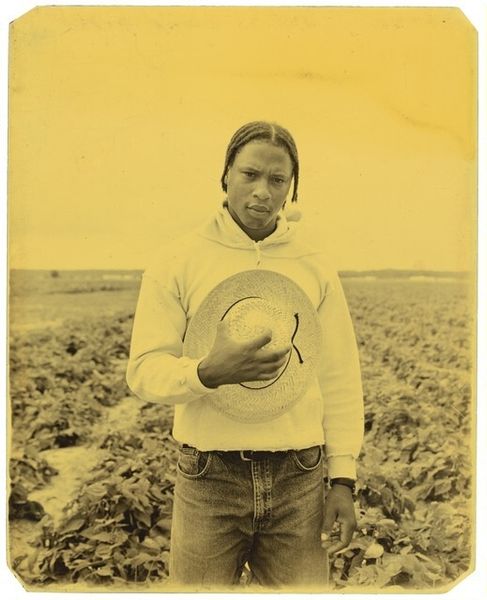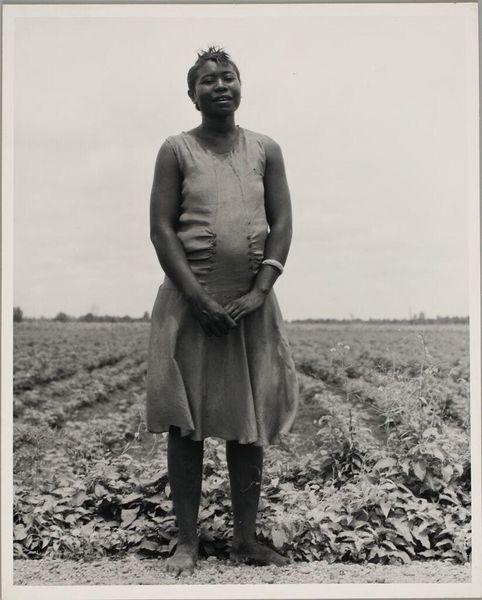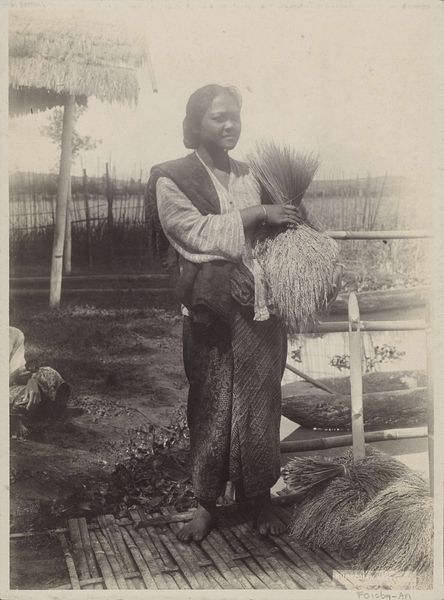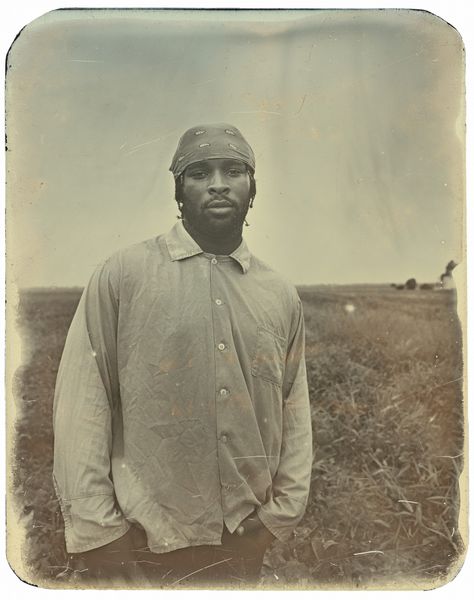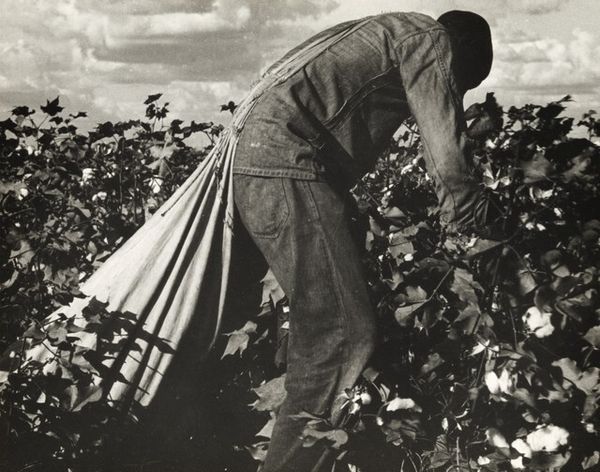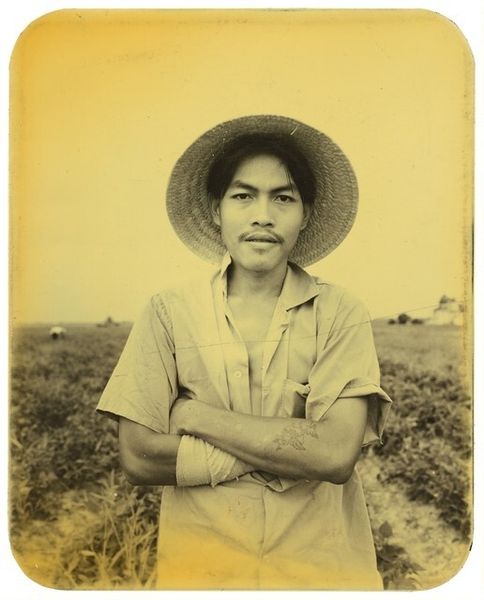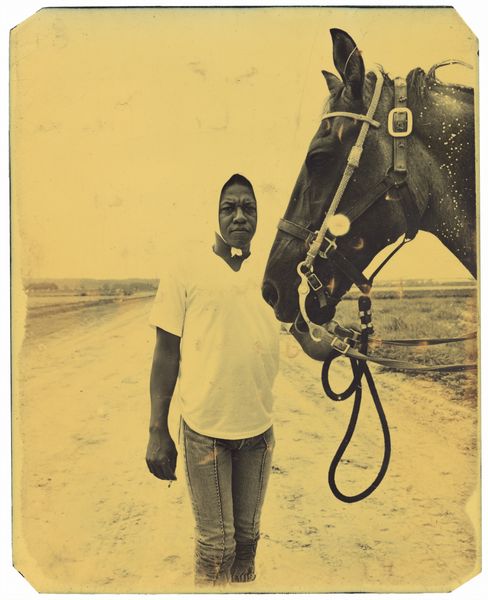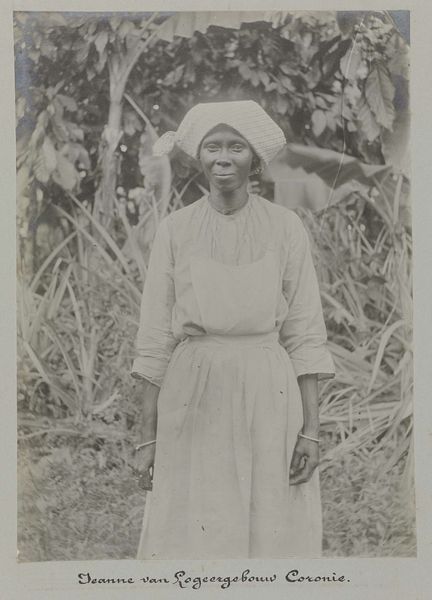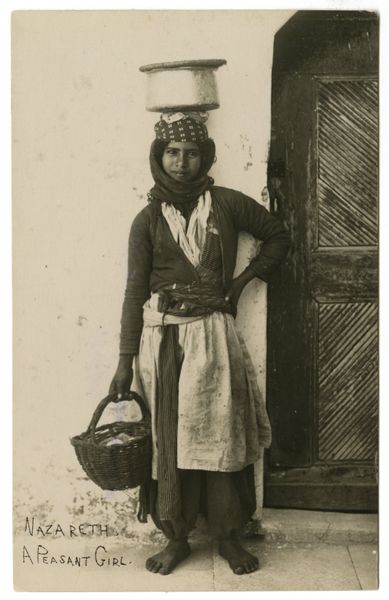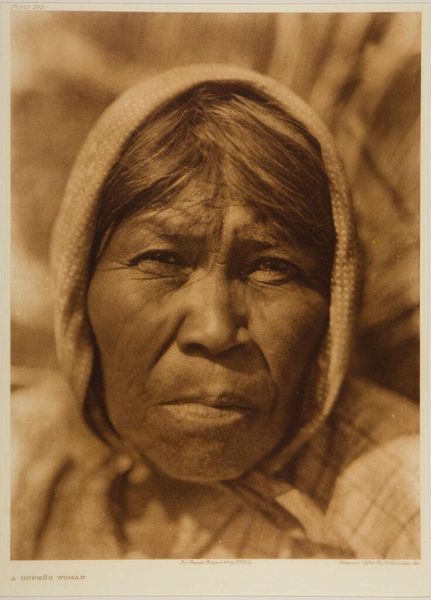
c-print, photography
#
portrait
#
print photography
#
african-art
#
contemporary
#
landscape
#
c-print
#
outdoor photograph
#
social-realism
#
photography
#
portrait photography
#
realism
Dimensions: image/plate: 12.6 × 10.1 cm (4 15/16 × 4 in.)
Copyright: National Gallery of Art: CC0 1.0
Editor: Deborah Luster created this photograph, “Clarence Henderson, 'Lil' Daddy,' Angola, Louisiana,” between 1997 and 1999. It's a C-print, and there's such an incredible weight in his gaze, standing in the field like that. What strikes you about this piece? Curator: It’s impossible to separate this image from the history of Angola, the Louisiana State Penitentiary. Originally a plantation, it tragically perpetuates a cycle of forced labor, overwhelmingly impacting the African American community. Luster's choice of subject matter, a man burdened with the legacy of this place, challenges the traditional heroic narratives we often find in portraiture. It begs us to confront uncomfortable truths about incarceration and its roots. Do you find that this confronts your own notions? Editor: Absolutely. I was initially just looking at the individual, but framing it in the context of Angola makes you think about the system. The weight of history really lands with so much more force. Curator: The title, "Lil' Daddy," is poignant. Is it affectionate or ironic? Consider the social implications of prison nicknames. Are they stripping humanity or conferring identity within a confined culture? Editor: That’s fascinating! I hadn't thought about the nickname as something created in prison. Curator: Luster's portraits, specifically within this landscape, make us ask what stories remain untold and question who shapes our visual understanding of these spaces. Is this photograph part of the visual imagery shaping policy? Editor: It does seem that highlighting the individual in a photograph opens the discussion beyond policy to actual experience. Curator: Precisely. Art serves as a powerful catalyst for societal introspection, provoking meaningful conversations on deeply entrenched, historical power structures. The photographer has a role here. Editor: I’m seeing now how photographs in a gallery create more awareness by drawing attention to people and systems through stories like these. Thank you.
Comments
No comments
Be the first to comment and join the conversation on the ultimate creative platform.

